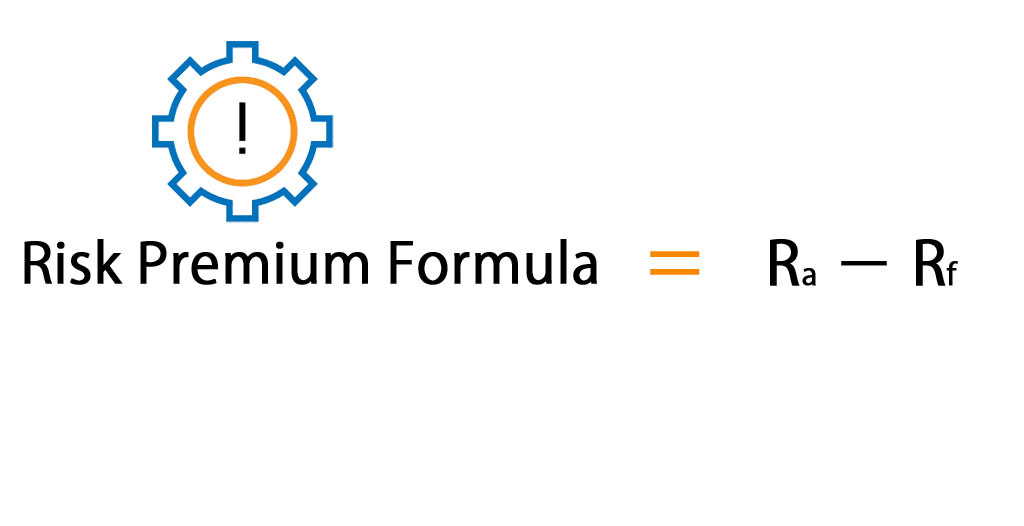A Story of Risk Perception and Equity Risk Premium in the Indian Stock Market
Let’s Understand with story and understand about this topic;
I am assume that there are 2 friends Arjun and Maya
Arjun and Maya are two friends living in Mumbai, both passionate about investing in the Indian stock market. They regularly discuss market trends and share investment strategies. Here’s how they use their understanding of risk perception and equity risk premium to make smart investment decisions.
But we know the Stock market is very risky and it works on perception-based
so that let’s;
Understanding Risk Perception
One day, they notice that the Indian economy is going through some turbulent times. The GDP growth rate is slowing, political unrest is rising, and there are fears of a global economic downturn. This situation makes many investors nervous, and the stock market becomes volatile.
Arjun and Maya realize that the risk perception among investors is high. Investors are worried about the uncertain future and want higher returns to justify the risk of investing in the stock market.
Every investor wants at least the minimum rate of return just like Govt. Bond rate and after that, if investors want to invest in equity they also want extra return, Which is ERP (Equity Risk Premium).
Now,
What is Equity Risk Premium?
Maya explains to Arjun, "When investors are scared like this, they demand a higher equity risk premium. They expect more returns from stocks to compensate for the higher perceived risk. This means stock prices might fall because people are selling their shares to avoid losses."
Arjun nods, understanding that this is a time of high-risk perception. He says, "So if we believe the market will recover, this might be a good time to buy stocks at lower prices. Once the fear subsides and risk perception decreases, stock prices could go up, giving us good returns."
Ohh Understand that
Now tell me what is the benefits for investors to understand by this;
They are Making Smart Investment Decisions
Arjun and Maya decide to take advantage of the high-risk perception:
Better Investment Decisions: They start by researching companies that are fundamentally strong but have seen their stock prices drop due to the current market fear. They invest in these companies, confident that their value will rise once the market stabilizes.
Timing the Market: They keep an eye on market sentiment. When they sense that the panic is at its peak and stock prices are at their lowest, they make significant investments. They believe that "buying low" during high risk perception will allow them to "sell high" later when the perception improves.
Diversification: To manage their risks, they also invest in safer assets like government bonds and gold. This diversification ensures that they don’t put all their money in one basket and helps protect their investments during volatile times.
Risk Management: They regularly review their portfolio and adjust their strategies based on the latest market information. By staying informed, they can react quickly to changes in risk perception and protect their investments.
Months pass, and the Indian economy begins to show signs of recovery. Political stability improves, GDP growth picks up, and investor sentiment turns positive. The risk perception decreases, and the equity risk premium goes down. As a result, stock prices start rising.
Arjun and Maya see the value of their investments grow significantly. They sell some of their stocks at a profit, enjoying the rewards of their well-timed investments and strategic risk management.
Short Summary
Through their understanding of risk perception and equity risk premium, Arjun and Maya were able to make informed investment decisions, take advantage of market volatility, and achieve significant returns.
Their story shows how investors can benefit by assessing risk perception and using it to guide their investment strategies in the Indian stock market.
Thank you for reading
and please subscribe for more content





